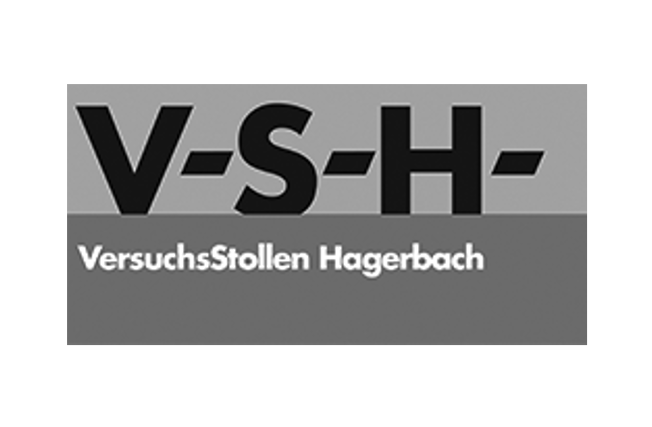Sprayed concrete experts from the International Tunneling Association (ITA) Working Group 12, several of them members of EFNARC, got together early this month during the World Tunneling Congress 2022 (WTC) in Copenhagen to discuss the past, present and future of the sector.
EFNARC president, Max Eckstein, and representatives from Bekaert, Sika, Normet and Master Builders Solutions attended in person the Working Group session, which put together some of the professionals with most expertise in the industry and several of them joined the group by video call.
The group’s Animateur and Senior Specialist Engineer at the Norwegian Geotechnical Institute, Karl Gunnar, highlighted three main topics above the rest: their most recent published report on permanent sprayed concrete linings, their current research on how permanent sprayed concrete degrades over the years and the role sprayed concrete will play in constructing more sustainable tunnels, slopes and in other applications.
The report Permanent Sprayed Concrete Lining, produced by the working group and ITAtech in 2020, touches on aspects like design, sustainability, durability or safety. It also emphasizes the need for objective certification schemes and simulator training, such as the EFNARC Nozzleman Certificate that uses a virtual reality simulator to train and assess applicants.
“We need the training process, a structured way of training and certifying people in order to get the application process right”, said Gunnar in an interview after the meeting.
As one of the most numerous and diverse ITA working groups, with representatives from companies, academia, the public sector and industry associations, amongst others, one of the challenges discussed by Working Group 12 is how to improve communication and collaboration between the members of the group and external stakeholders.
The thinner the better
Sustainability and reducing the carbon footprint was the key theme of the congress and, as with the other working groups, it will influence the actions and decisions of the Working Group 12 in the following years.
However, the group is first looking at the past, in particular, how the sprayed concrete looks after a number of years in operation, how it degrades, with the intention of using their research to improve the design and make it more sustainable in the future.
“The potential of sprayed concrete is to construct even slimmer linings, with less carbon footprint and much less concrete, so the working group 12 has a great responsibility in order to get that process documented and motivated in the industry”, says Gunnar.
In line with this, the group listened to two presentations during their meeting.
International expertise
The first presentation was held by David Oliveira, Technical Director at Jacobs, about permanent sprayed concrete linings at Westconnex M4-M5 Link Tunnels Project in Sidney, and the second one by Cristobal Menquehual, PhD Candidate at the Norwegian University of Science and Technology, about in-situ conditions and lifetime assessments of sprayed concrete linings in Norway.
The conclusions of the Australian presentation confirmed that high-performance end-hooked steel fibres achieve high-level performance ground support with only minor and expected outliers.
On the other hand, Menquehual’s presentation, that is also his PhD thesis, outlined that shotcrete joints are in most of the cores the weakest part of the lining and determined that shotcrete porosity values near the rock should be below 21% in order to be resilient.
The group plans to meet before the WTC 2023, which will be held in May 2022 in Athens, Greece, and is working on a new report about in-service conditions of sprayed concrete linings.
The World Tunneling Congress 2022 was organized earlier this month by ITA-AITES and the Danish Tunneling Society (DFTU) and held in the bright Bella Center Copenhagen with more than 160 innovation-sharing lectures and speakers from over 30 countries.



















